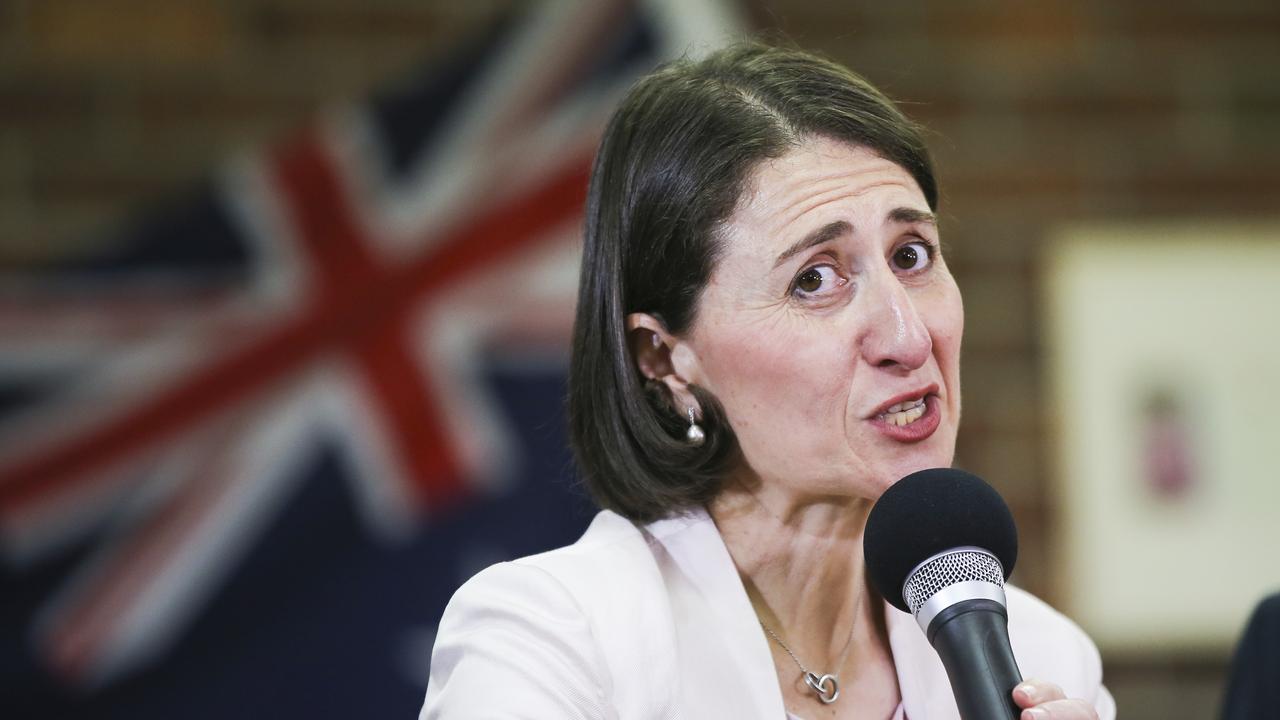
Cancer touches every single one of us at some point, either through family and friends or directly when we sit before a medical specialist and receive the life changing news.
Cancer affects us all so it does come as a shock when we discover certain people choose to fake cancer.
Earlier this week, former Hockeyroo goalkeeper, Kate Hubble, 32, pleaded guilty to four charges of making and using false documents to obtain a financial benefit. Hubble drew two year’s salary from her employer, the cancer charity Redkite, after claiming she had cancer and forging documents from medical professionals which confirmed her fake diagnosis.
She will be sentenced on Friday.
The ultimate fake cancer charlatan in this part of the world is Belle Gibson, the twisted fantasist who was fined $410,000 late last month after Consumer Affairs Victoria brought civil action against her in the Federal Court. She was fined for five separate breaches of the Australian Consumer Law Act.
The worst element of the Gibson case was not the gross deception she pulled on just about everyone but the failure to meet the commitment she made to donate to the family of a young boy who was suffering an inoperable brain tumour.
Gibson had pledged to donate the equivalent of one week’s sales of her Whole Foods app to the young boy’s family. In all more than $300,000 from the sales of her app and cookbook were to be doled out to a range of charities, including the young man’s family. Despite raking in north of a million dollars in sales, Gibson donated less than $11,000 to just three charities.
Throughout the legal proceedings Gibson has failed to make an appearance. On the eve of the judgment, Gibson received an email from the Federal Court, advising her of the state of proceedings and requesting her appearance. Her staggeringly brief reply was, “Thanks for the update. Much appreciated. Belle.” It’s almost as if the Federal Court could expect a basket of whole food goodies from Belle in way of thanks.
I am unsure why Gibson has not yet faced criminal charges. Regardless, she will never be forgiven in the court of public opinion for her ugly deceptions.
As appalling as these two cases are, they are far from isolated. In the US, a raft of convictions and exposures have taken place in recent years where women (it is almost exclusively women who pull these stunts) have faked cancer either for financial advantage or for some bizarre attempt at attention seeking.
It is clear that some are in it for the money. Faking an illness is not a criminal offence. It is only at the point where financial benefit is obtained, often by receiving funds from a charity or simply by drawing a salary and entitlements under false pretences where the offending takes place.
Others don’t commit fraud. Their fake illnesses begin and end with almost pitiable attempts to draw attention to themselves and basking in the resultant flow of sympathy. Heads and eyebrows are shaved to create the impression of a person suffering the side effects of chemotherapy.
Fantasists and pathological liars have been around ever since we started walking upright and probably before but the business of faking cancer is a recent development in the never ending oddity that is human behaviour.

The shrinks will tell you those who fake cancer are displaying behaviours of what is called histrionic personality disorder. These include attention seeking, shallow and transient emotional connections with other people, overly dramatic emotional displays and a black/white view of the world. The disorder is found in just under two per cent of the population.
While it is treatable, it is not an illness and it’s not an excuse. But it does go a long way to explaining why some people do what is unthinkable and unforgivable to the rest of us.
Histrionic Personality Disorder is predominantly found in women and there is some evidence to indicate that it is a female expression of antisocial personality disorder which is predominantly diagnosed in men. As such, it can be regarded to some degree as a latter day expression of sociopathy or psychopathy.
Certainly sociopaths can be violent offenders, while others make their way through life, leaving behind a path of destruction in their wake without ever being held to account in the courts. The archetype of the sociopath is a career fraudster who routinely tricks people out of their money, crushes them emotionally and dashes off to con the next victim and the next and the next.
In Gibson’s Federal Court case, Justice Mortimer opined that it perhaps might have been better if Consumer Affairs Victoria had requested a community service order instead of fines. On the surface of things, this might make sense. But as a person with cancer, I guarantee you someone like Gibson is the last person you would want wandering around cancer wards while people sit in easy chairs hooked up by cannula to the machine that goes bing and spreads poison through their bodies.
Whether you’re crook or not, if you see these people and have even a passing understanding of what they are capable of, you would run a mile as fast as your legs could carry you. In a cancer ward, that’s not that easy.
Obviously I find the fakers deplorable. Indeed, whenever I read of these charlatans being dragged before the courts, my first response is “I wonder if some people think I’m faking my condition?” That’s the effect of the deception. It questions the credibility of the hundreds of thousands of cancer sufferers in this country.
I accept the courts have to deal with these people on a case by case basis but in my view community service orders would do little good and have the potential to do great harm. The ideal would be the fakers be detained, studied, poked, prodded and pricked in the name of science. In that way, they’d get a much better idea of what it is like to really have cancer.






